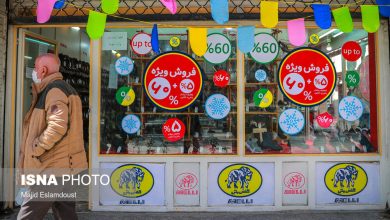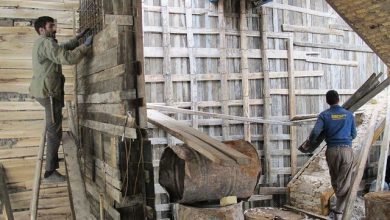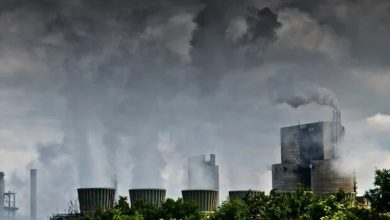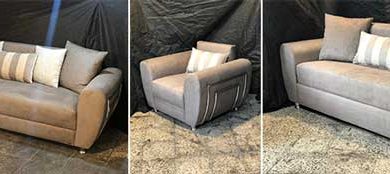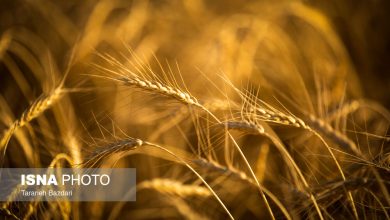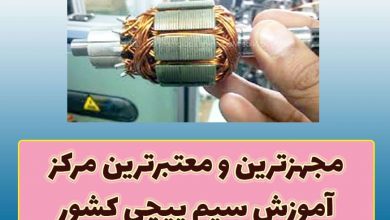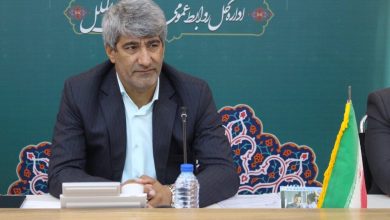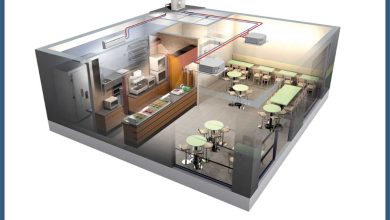Thermowood is a type of wood that is stronger and more durable than other types of wood due to its advanced heat treatment. Due to the different properties of refractory wood, this type of wood shows a very high resistance to insects, mold, bed bugs, fungi and termites, which is why it is very suitable for use in dirty environments.
Many factors affect the level of resistance, prevention of corrosion, rotting, long life of wood, as well as dimensional stability, and generally affect the quality and price of different thicknesses of refractory wood. The higher the quality of the wood, the higher the price of Thermowood. For this reason, in this article we have given the factors that affect the quality and then the price of Thermowood, so if you are looking to buy Thermowood Wood and the price list of different thicknesses of Thermowood 1401, stay tuned for the rest of this article.
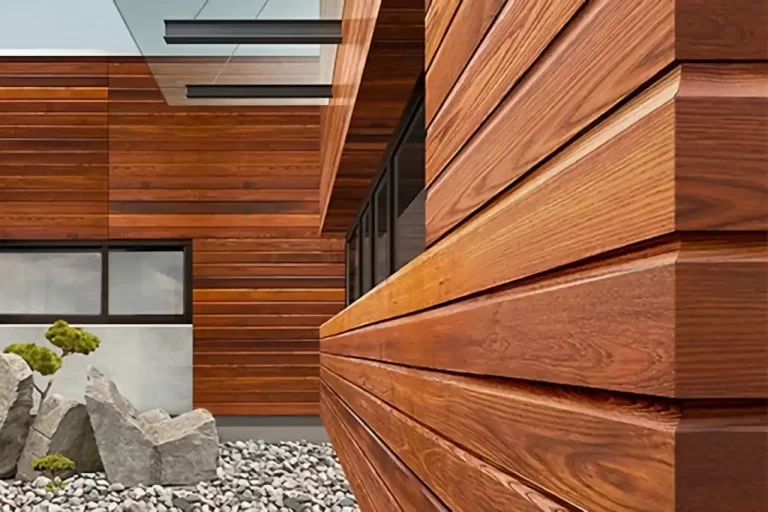
Introduce the factors affecting the quality and price of refractory heat
Thermowood payment process
To produce refractory wood, processes are performed to make the wood stronger than other woods. Depending on the hardware used in the factory and the quality of that hardware as well as the workforce employed in the Thermowood curing process, the cost of Thermowood will vary.
Thermowood production methods
Different factories use different methods to produce thermo wood. Each of these methods entails unique costs, which is why the final price of wood refractory varies.
Fuel costs during thermal fuel production
Thermowood production methods are related to thermal processes. Therefore, thermal wood production plants need the fuel required for furnaces to produce these woods. The cost of providing these fuels per plant is higher than the fuel distribution centers, and for this reason it can affect the price to some extent.
Thermowood installation method
Implementing thermostats and installing them in the right place is usually easy and can be done without the need for special expertise. But if there are circumstances such as the complex structure of the building, the weakness or difficulty of the installation site, etc., the installation of thermal wood becomes more difficult and its implementation requires the use of experienced professionals so that the facade created with thermal heat is as beautiful as possible. in the existence
Thermowood executive thickness
Many factories, especially during thermolumber production, advertise standard thicknesses of refractory lumber for executive profiles so that manufacturers can design their structures based on these thicknesses. In some cases, the designed structure has less or more thickness than the standard refractory sample, and the customer is forced to order a special model, which requires more money. Therefore, it is best to familiarize yourself with the thickness and dimensions of various thermoplastic panels from different factories before building your structure.
Thermowood colour
Thermowood comes in different colours. But sometimes a customer is looking for a specific color for their work and they can’t find it in the market. For this reason, issue an order to the manufacturer to produce thermal wood in the required color, and due to the specificity of the said request, its final cost will increase compared to the thermal fuels available on the market. Apart from the mentioned effective factors, there are also some quality indicators of Thermowood that have a great influence on the final price of this product. These quality indicators mainly refer to the quality of the raw materials used. In the rest of the article, you will learn about Thermowood’s most important quality indicators.
Age and species of trees
They mainly use trees between 40 and 70 years old for wood thermal production. On the other hand, the type of tree affects the different fiber lengths, which greatly affects the strength of the product. For example, coniferous trees such as pine have a shorter fiber length than spruce trees. Therefore, according to the age of the tree used and also its species, the price of the thermal tree can vary. It is mentioned that the type of tree used and its age are among the priorities of each plant.
wood knot
One of the factors affecting the final quality of tempered wood is the number, size, and location of wood knots. It should be noted that the impact of the branches on the trunk of the tree is called a knot. Wood knots are the hardest part of any wood because the movement of the wood starts at the knot. There are two types of knots in refractory wood, one is dead knots and one is live knots.
dead nodes
These knots are caused by the drying of the branch on the trunk of the tree or the cutting of the tree branch. Dead knots have a negative effect on the quality and heat resistance, so these knots are also called unhealthy knots. It should be noted that the dead nodes based on the quality tables provided by the International Thermothermal Organization must have a specific number and size in order not to reduce the quality of thermothermal. If the dead nodes are greater than the specified number, it will greatly reduce the thermal heat quality.
live nodes
A live knot is a type of knot where the branch has not yet been attached to the trunk. To identify live nodes, you can pay attention to their color, which is darker than the color of the tree trunk. Live nodes are more common on coniferous logs. It should be noted that since live knots do not cause a technical problem for Thermowood and do not have a special effect on the final quality of the wood, these knots are called healthy knots.
wood grain
If the wood grains are far apart, this means that the raw material used is far from the wood core. In general, the more initial cases of refractory wood are cut from the heart of the tree, the higher the final quality of refractory wood.
wood density
By measuring the weight and dimensions of the wood, its density is determined. Low-density thermoplastic casings generally have greater resistance. Of course, the effect of density is different on different types of wood. For example, if Brazilian walnut wood is used in the firewood process, heating the wood will have the opposite result and this heat will cause many cracks on the surface of the wood. Wood.
Thermowood material
If softwood is used, the quality and heat resistance of wood will be lower than when hardwood is used.
last word
To find the best type of thermal panels available in the market, it is better to search among the refractory material supply companies and according to the raw materials used in the production of refractory wood by these companies, get the best type for your business.
